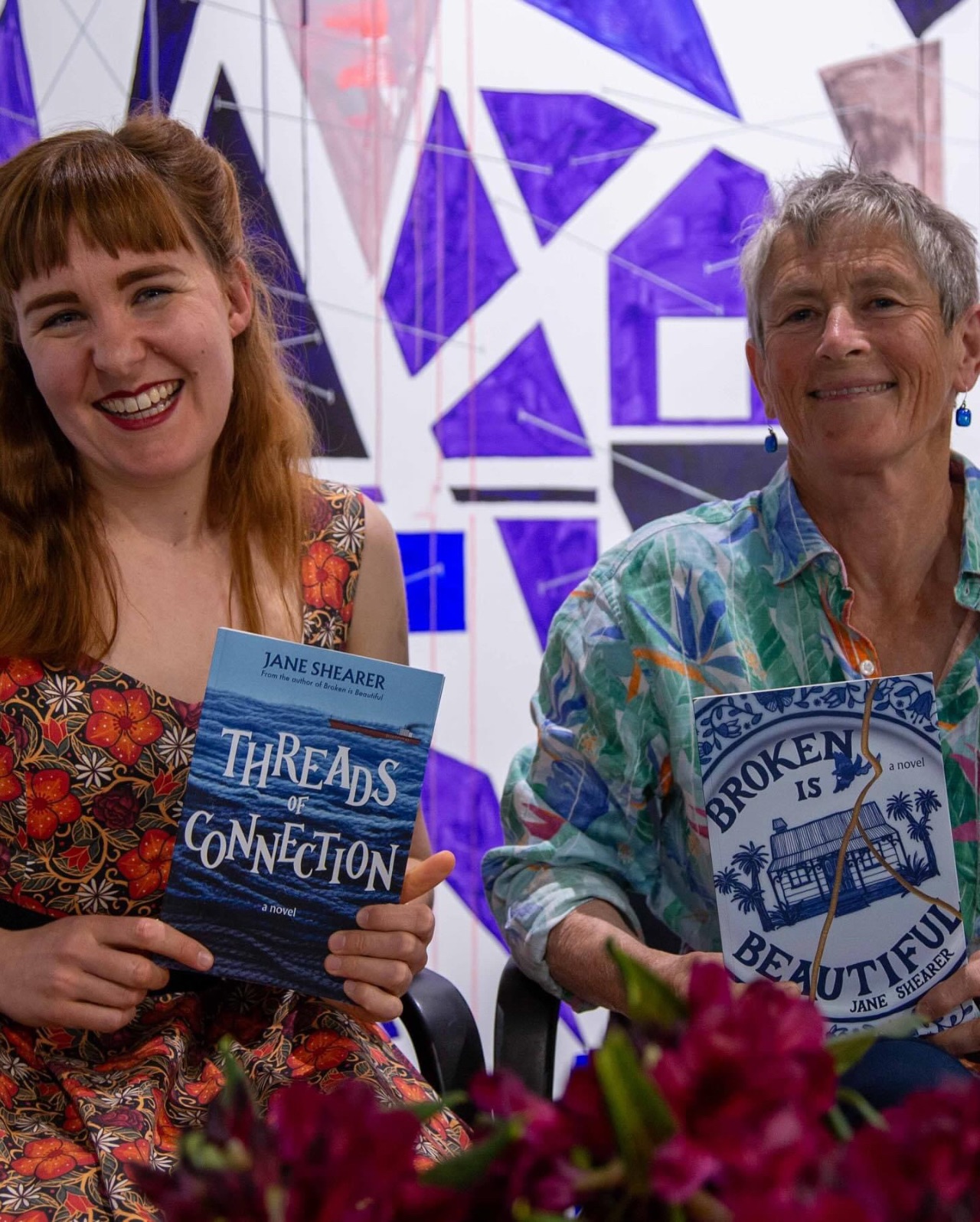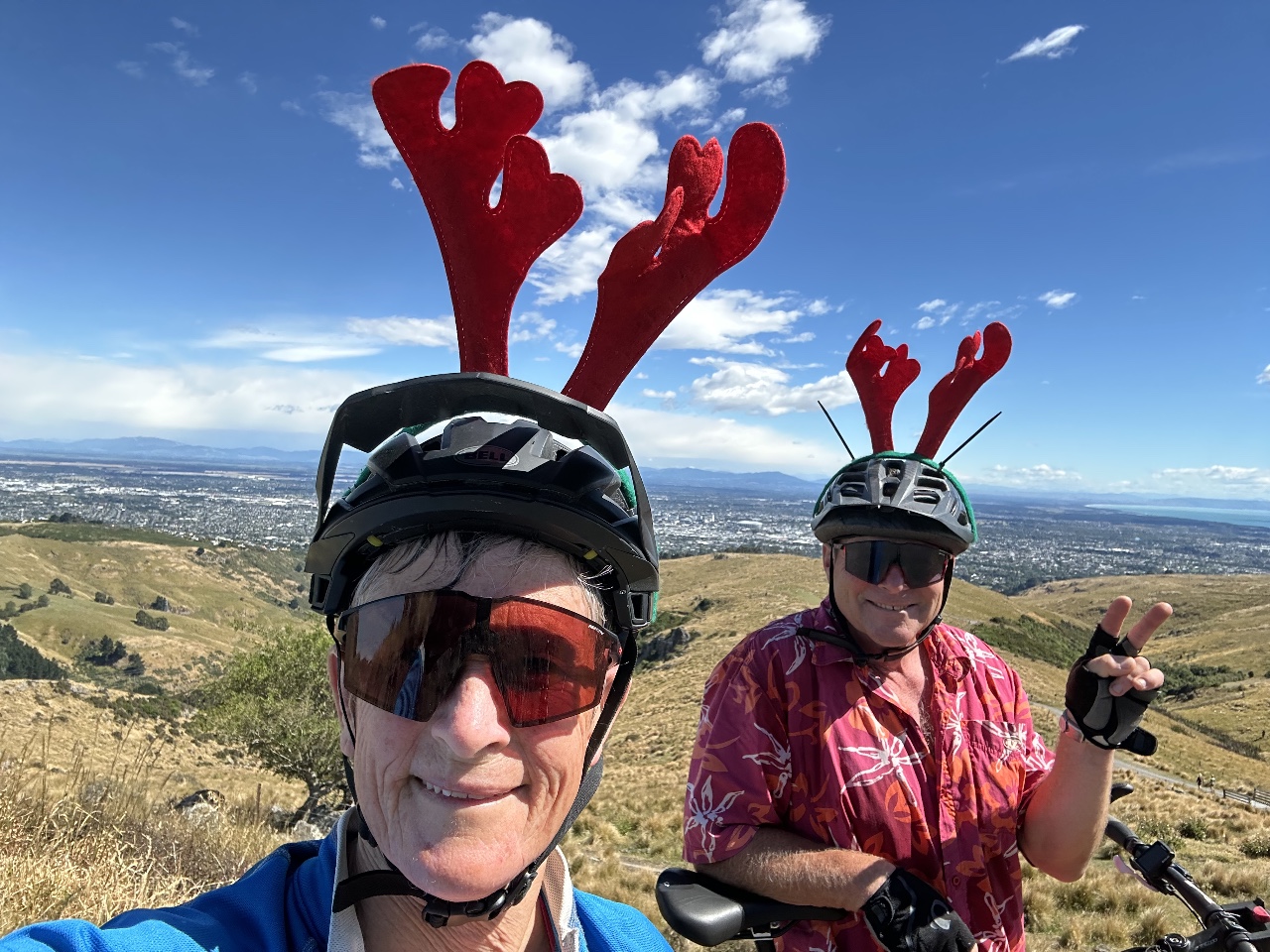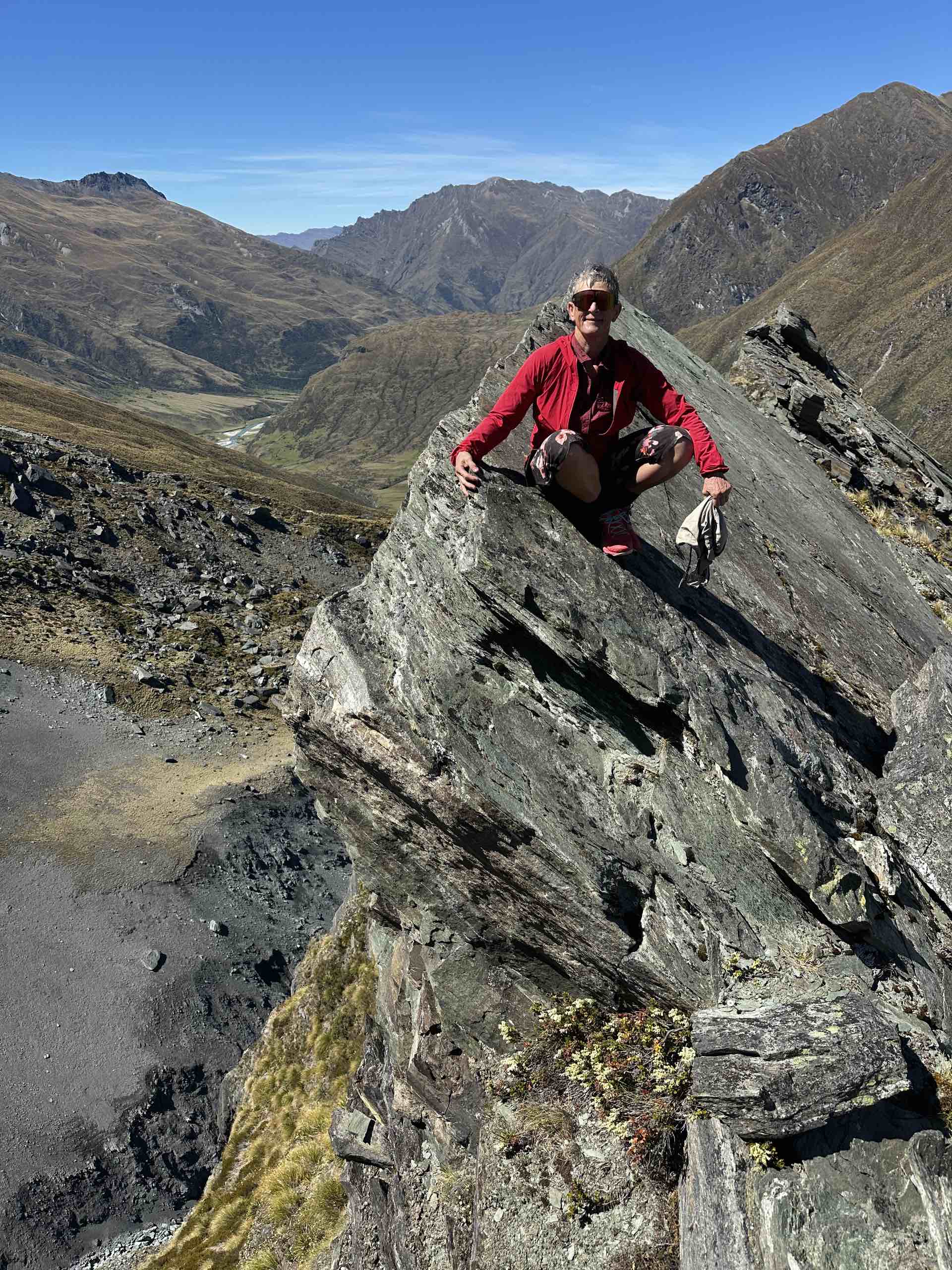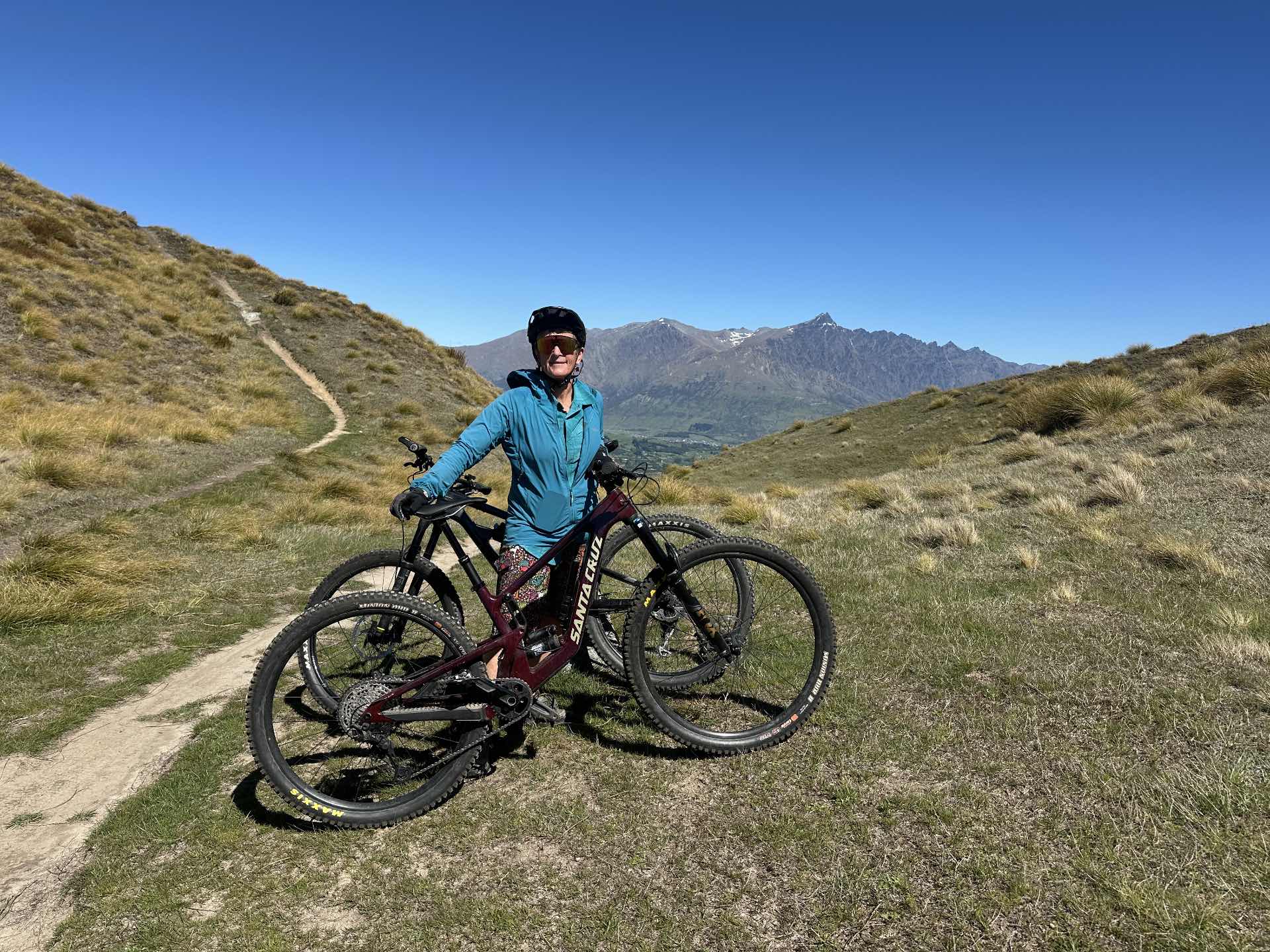Neither Holly (epic book cover designer) nor I are journalists. Nor were we looking for journalists when this picture was taken at our session in the Queenstown Writers’ Festival (although neither of us would turn down a spontaneous interview!). However, at the Festival we got a very concrete feel of how journalists are becoming extinct. Why does this matter? Because journalists are a critical part of a functioning democracy.
The Writers’ Festival included a panel discussion on the Future of Journalism between:
- Debbie Jamieson – local Stuff Bureau Chief of herself. She came to run an office of six people a number of years ago, now she is the sole Stuff journalist in the region.
- Paddy Gower – now a Stuff journalist, previously political editor and then national correspondent for NewsHub which shut up shop earlier this year.
- Peter Newport – editor of Crux, which he launched four years ago to provide local journalism in the Wakatipu. Except, Peter announced in the session that Crux is folding because it can’t afford to keep operating.
- Craig Hoyle – Chief News Director for the Sunday Star Times.
Three of the four journalists framed their intros in terms of losing their jobs or losing their colleagues. That was a sobering start. Debbie explained that, in 2006, there were over 4,000 journalists in New Zealand. In 2024, there are around 1,300 journalists. Our population has increased by 25% while the journalists providing us with information have shrunk by 75%.
We need journalists to provide us in-depth, factual information to inform decision making and act as a watch-dog against abuse of power. If we don’t have information about political candidates or parties, how can we make informed decisions about voting? If we don’t have information about the actions of politicians, how can we check they are delivering what they said they would and not acting against the interests of our country? If we don’t hear about behaviour or police, or judges, how can we know our justice system remains fair and unbiased?
Of course, journalists are not the only source of information. However, in a world where the rise of social media linked now with AI means information is becoming increasingly untrustworthy, how do we figure out which information to trust? If we don’t build trust on the basis of a reputable organisation and a reputable person who, at least in New Zealand, we can see and question in the flesh, how do we build trust? This is all a rhetorical question because I have no answers.
Why are journalists a dying breed? A succinct answer to this turned up in an email from NZ Geographic. NZ Geographic is a magazine providing environmental journalism about and from New Zealand and to which I have a digital subscription. NZ Geographic needs 2,000 more subscriptions to stay afloat. Why? Because their revenue isn’t covering their costs, largely because advertising revenue is shrinking. The are multiple reasons why:
- Advertisers are shifting online and away from traditional printed media. While NZ Geographic has its digital arm, its mainstay is its printed magazine because people will pay more for a printed magazine. Print pairs with its focus on excellent images – one of its central attractions are photo essays. In fact, our friend Joe Harrison recently won NZ Geographic’s Photo of the Year competition with his photo essays set on the Avon River in Christchurch.
- Advertising spending is dropping as a share of GDP in NZ, so there’s less ad money to go around.
- NZ Geographic is taking a values-based position, because of their awareness of the multiple environmental crises threatening New Zealand and the world. This means they, for example, turned down advertising for large SUVs and utes which lost them $11,000 in the month they made their decision.
Advertising has long been a critical part of the financial model making media economic. Newspapers, our original media, had both classified ads (for personal matters) and general ads as revenue sources. Television relied on advertisements or government funding. Classified ads moved to online platforms from the 1990s taking one source of revenue out of the media mix – classifed ads now have little association with news.
Another insidious part of the economics of media has been the expectation on the internet that everything should be free. When I first engaged with the internet in the late 1980s and early 1990s, websites were a novel thing and their focus was getting customer engagement. Paying for information was not part of the picture. We became trained to expect free information, just like tourists coming to New Zealand are trained to think that freedom camping means this is a cheap country where many things are free. Over the decades, internet media has inched towards getting direct consumer revenue. Paywalls are now common – shell out or you can’t see our news. However, there is still a reluctance to subscribe and how many news subscriptions can you afford? Particularly when money gets tight…subscriptions are luxuries. I would also guess many people will give up a news subscription before their NetFlix account.
Less income for the media means less money to pay journalists.
Less journalism means less trustworthy news.
Less trustworthy news leads to less democracy.
New Zealand is not immune.
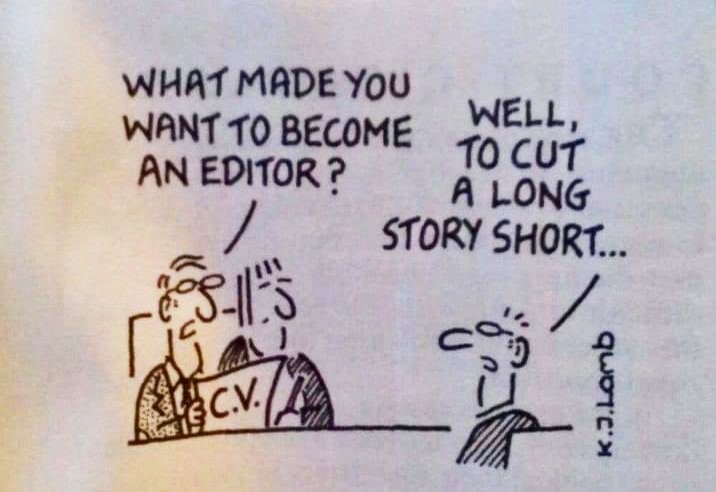
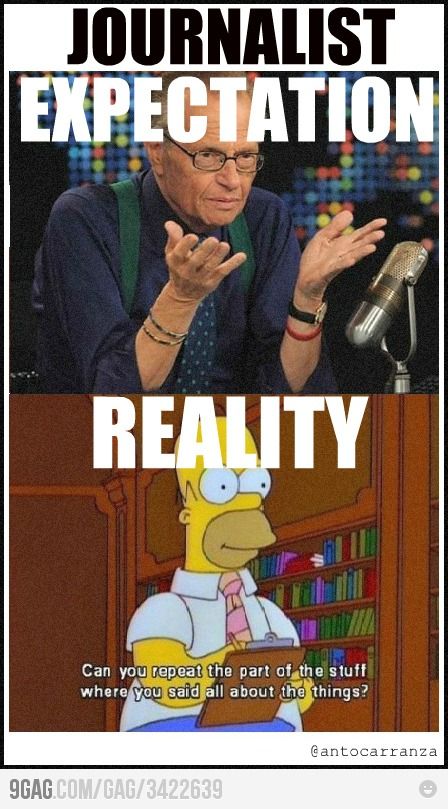
Discover more from Jane Shearer
Subscribe to get the latest posts sent to your email.

